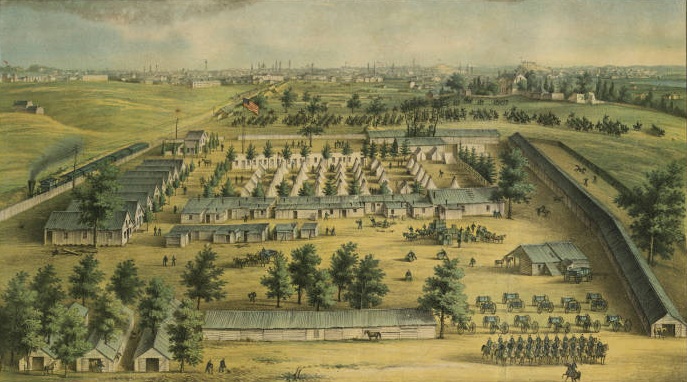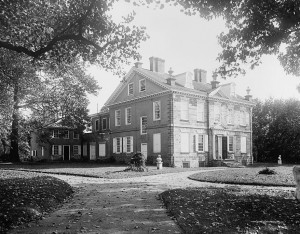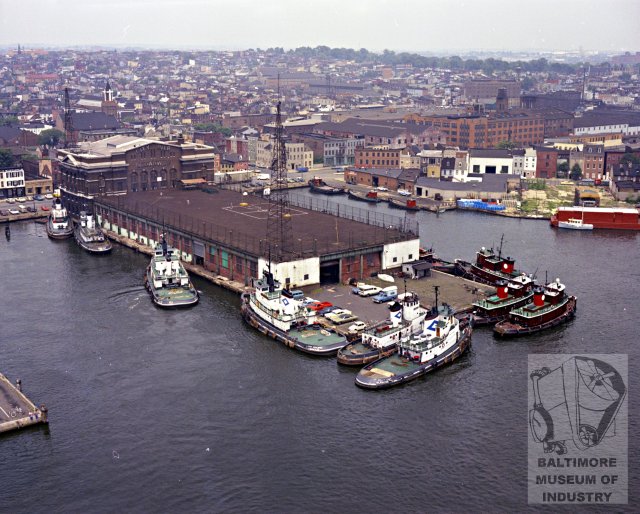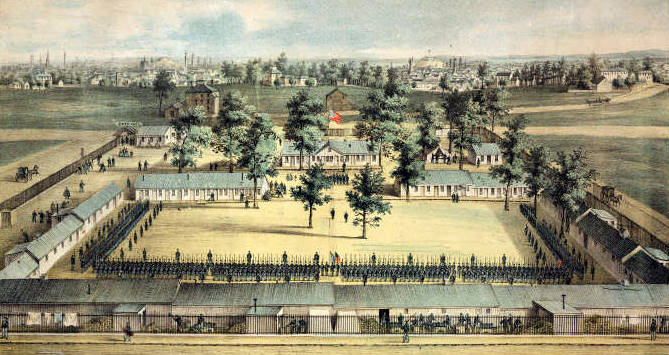Many people know that President Street Station has its roots in the Civil War, but few know that Civil War history can be found throughout the city, including many sites in West Baltimore. In fact, West Baltimore neighborhoods served a central role in the conflict– housing Union troops on their south to fight, caring for injured soldiers, and witnessing the many ways in which the conflict on the battlefield came home to the city 150 years ago. As the home to the B&O Railroad, West Baltimore supported the movement of troops by train (a key advantage for the Union) and protected the city from invasion by Confederate troops through a ring of camps, hospitals and fortifications in Carroll Park, on Baltimore Street, in Lafayette Square and more.
West Baltimore’s Civil War History by Bike
Update: Due to today’s rainy and snowy weather, we have rescheduled our tour to Saturday, November 5, 10:00 am. Please contact Eli Pousson at pousson@baltimoreheritage.org or 301-204-3337 with any questions or concerns.
October 29, 2011, 10:00 am to 11:30 am
$10 for members & non-members, RSVP today!
This 90-minute bicycle tour starts and ends at the Mt. Clare Museum House rolling past rowhouses, parks, stables, and shops, scores of historic places grand and modest, where people lived and worked during the Civil War and its aftermath. We’ll learn about Confederate spies at Waverly Terrace in Franklin Square, take a look at the historic artifacts we recently dug up from the site of Lafayette Barracks, and trace the lives of immigrant workers who built the trains, bridges, and more that the Union military depended on at the Irish Shrine at Lemmon Street and the B&O Railroad Roundhouse. Please join us as we pedal through the history of the Civil War in West Baltimore and commemorate this nation-shaping event of 150 years ago.
Thanks to the support of Free Fall Baltimore at the end of the tour participants are welcome to take a free tour of the Mt. Clare Museum House. Mount Clare is a 1760 colonial Georgian home built by Charles Carroll and Maryland’s oldest house museum.
Connect with the Friends of West Baltimore Squares to learn more about heritage and community greening programs in West Baltimore neighborhoods!




